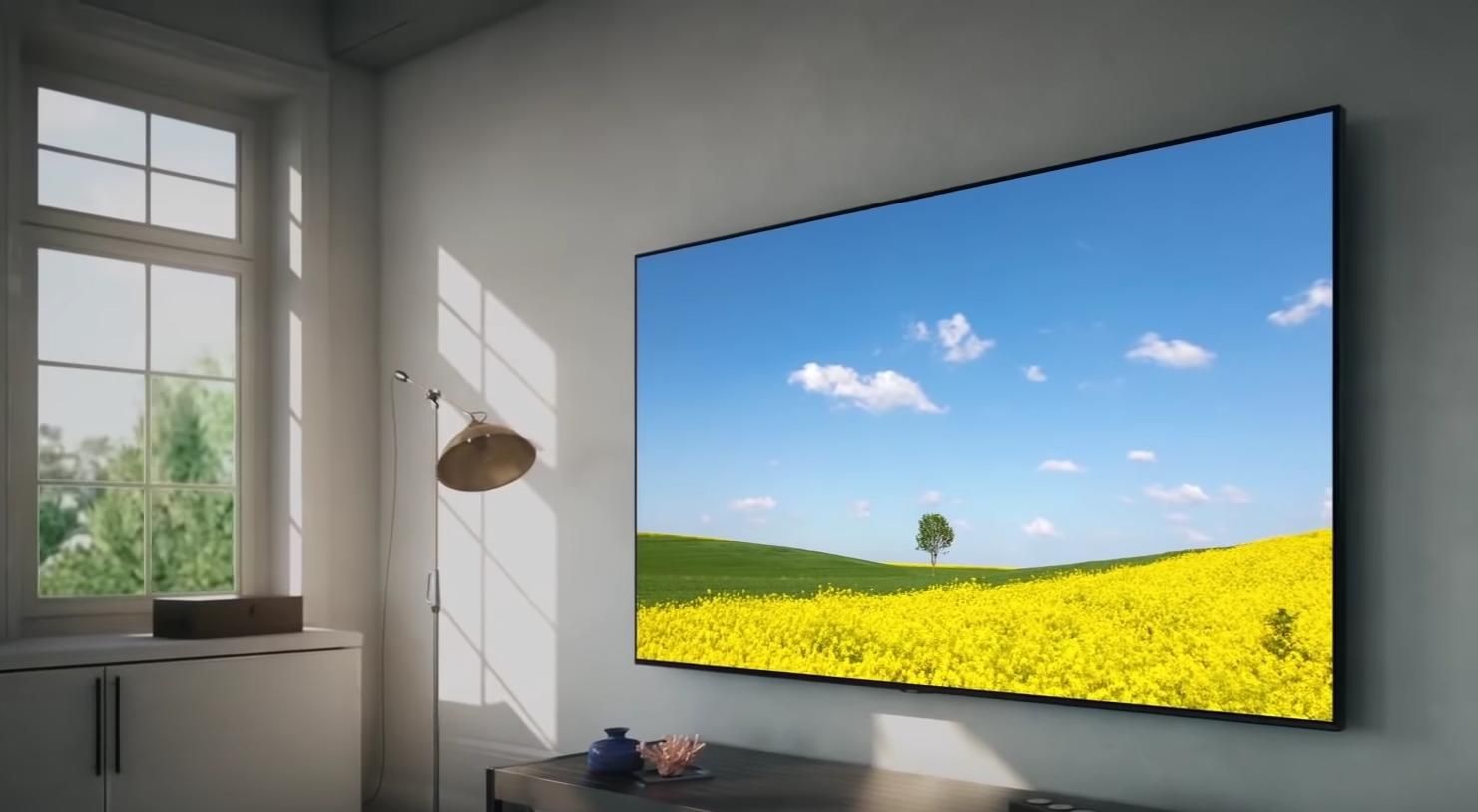Samsung has today announced an updated take on the HDR10+ video standard that will allow TVs to make adjustments depending on the ambient light in your living room. Samsung is calling it HDR10+ Adaptive, and claims that it will further improve the viewing experience of HDR content on its TVs by making adjustments on a per-scene basis. The new video standard will first arrive on Samsung’s upcoming line-up of QLED TVs that will likely make their debut at CES next month.
HDR10+ Adaptive is Samsung's answer to Dolby Vision IQ
“The HDR10+ Adaptive feature supports dynamic scene-by-scene optimization, following guidelines from the HDR10+ LLC, and can now adjust to any room lighting condition, further enhancing the HDR experience,” Samsung explains in its blog post. To make the aforementioned adjustments, the in-built light sensor on Samsung’s TVs will be used to collect ambient lighting information, ensuring that users get the best experience with a more effective tuning of contrast and brightness values.
However, it is unclear if HDR10+ Adaptive support will be added to Samsung’s current portfolio of QLED TVs, but it would definitely be a welcome addition. The new HDR standard supports the Filmmaker Mode on Samsung TVs, ensuring that users see content without any visual degradation and in a way that filmmakers actually intend for users to experience. The company adds that it has partnered with Amazon to enable Filmmaker Mode and HDR10+ Adaptive for Prime Video subscribers.
HDR10+ Adaptive is ready for Prime Video content
Actually, HDR10+ Adaptive is not an entirely new idea. The Dolby Vision IQ standard that was announced at CES in January this year appears to take the same approach to achieve a similar goal. It relies on the dynamic metadata encoded with Dolby Vision content and the ambient light sensor embedded in a TV to check the ambient light situation in a room. It then accordingly adjusts the settings and optimizes the picture quality to deliver the best movie-watching experience.
Promising, but still restricting for the average consumer
But with Samsung and Dolby’s licensing feud, it is quite likely that we won’t see Dolby Vision IQ support arriving on Samsung’s TVs in the near future. At this point, it is quite apparent that HDR10+ Adaptive is Samsung’s answer to Dolby Vision IQ, with the company marketing it extensively in partnership with Amazon’s Prime Video service. But at the end of the day, it is a loss for consumers who are torn for options, especially with regards to TV brands and streaming services
Prime Video is home for HDR10+ content, Netflix favors Dolby Vision
Netflix, for example, has a rich variety of Dolby Vision content, but those with a Samsung TV are out of luck here. Netflix currently supports HDR10 content, but not HDR10+ content. So, if you buy one of Samsung’s upcoming QLED TVs with support for HDR10+ Adaptive tech, you won’t be able to take advantage of it while watching content on Netflix. The streaming giant promised back in 2017 that it might add support for HDR10+ content in the future, but that is yet to happen.
So, at the end of the day, if you want to enjoy the perks of HDR10+ Adaptive, Amazon’s Prime Video should be your preferred content streaming platform. But if you prefer the library of content offered by Netflix and want to watch it in the best visual quality with Dolby Vision magic, you should invest in a TV from another brand.

